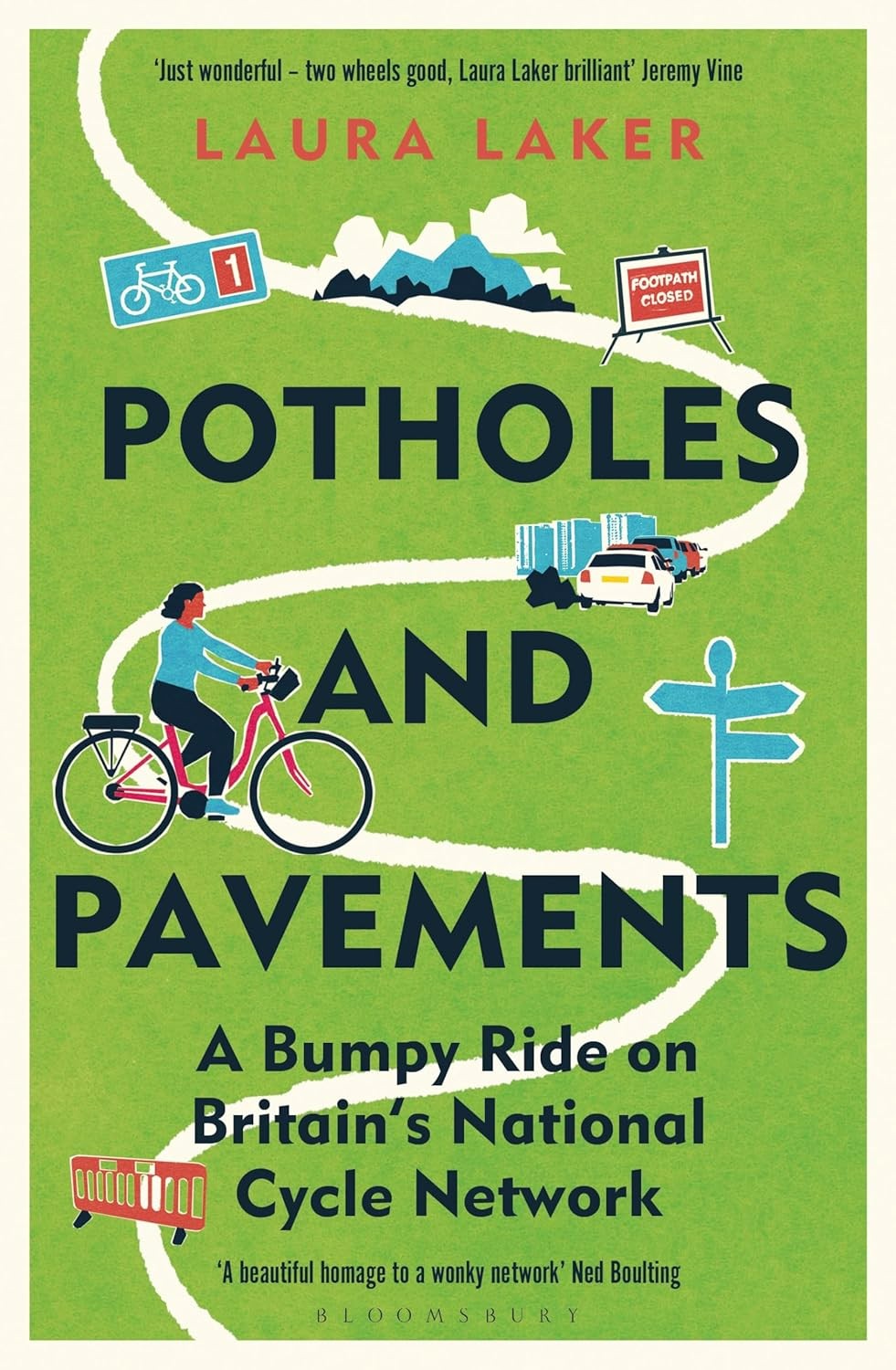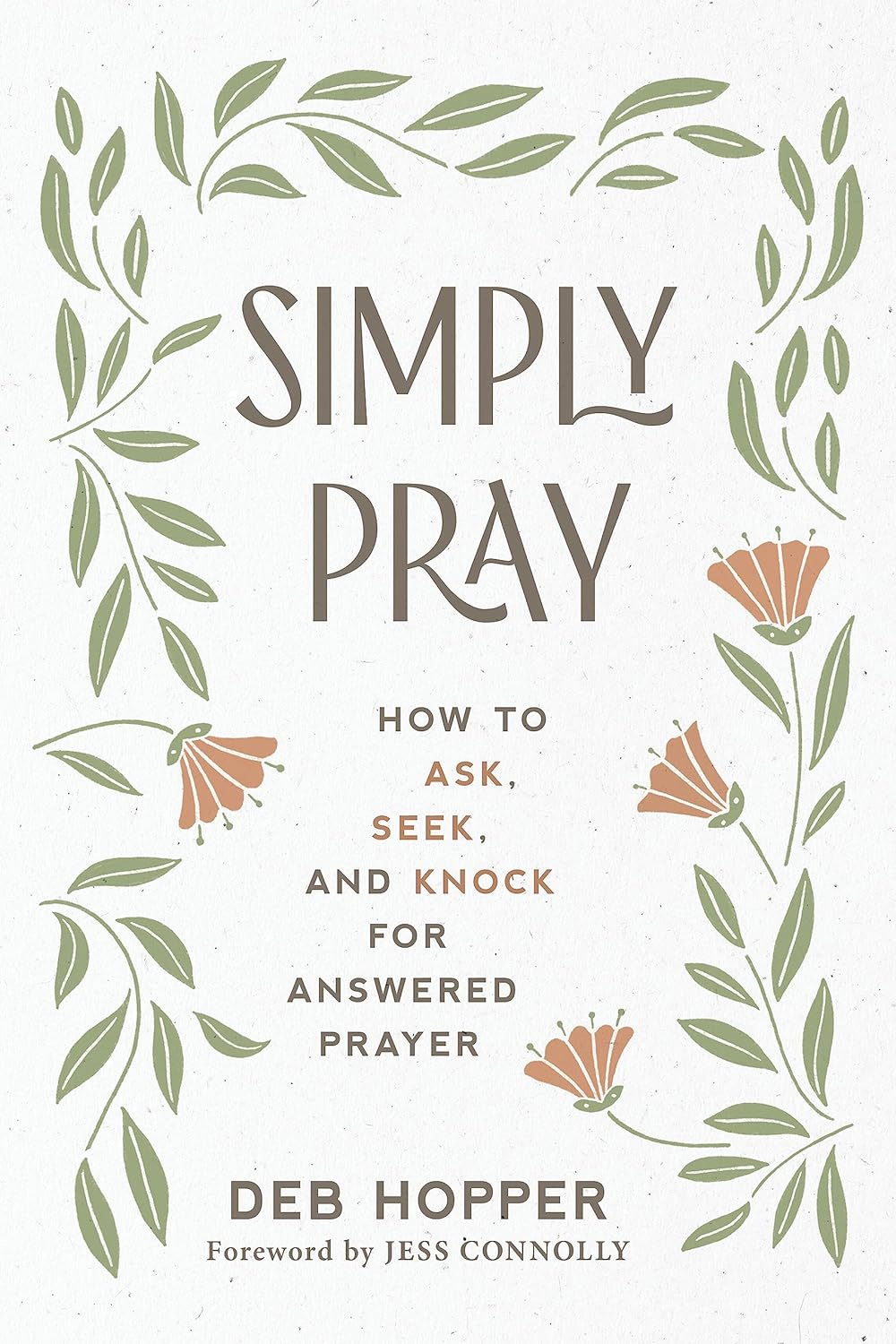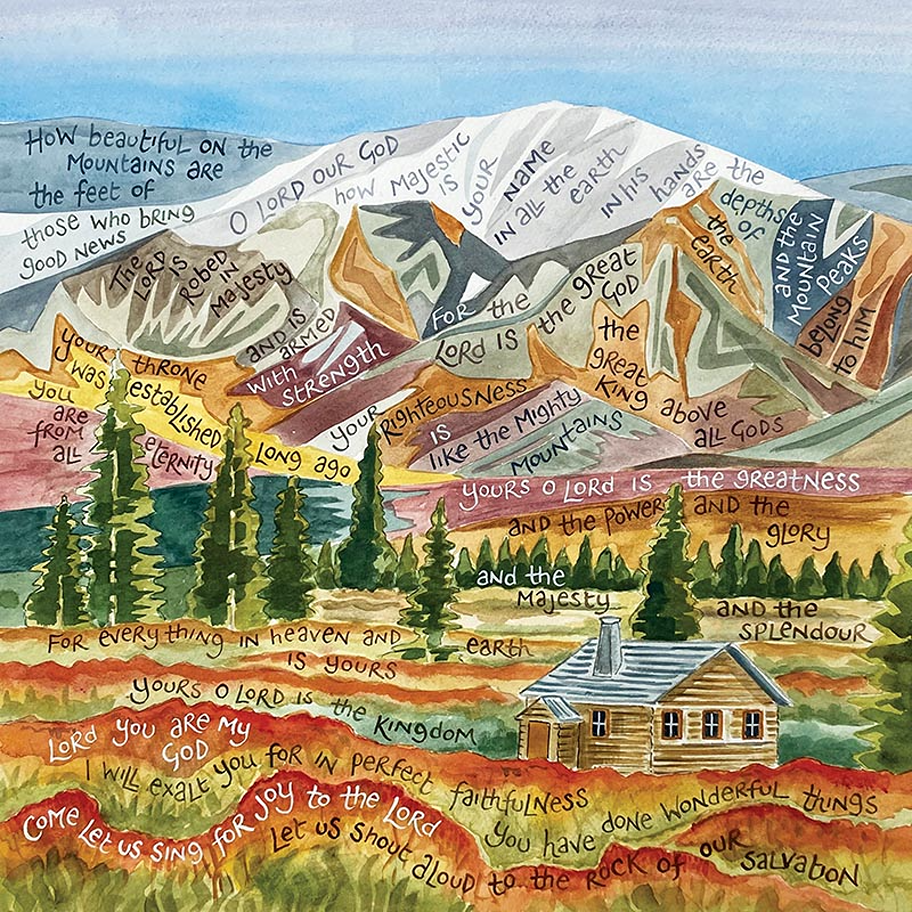The Benefits of Getting Back On Your Bicycle!

Millions of people enjoy cycling, but often people don’t cycle much these days as bikes have become too expensive, and people are concerned about road traffic. Also read about bicycling-friendly town planning.
Whether you remember the freedom of whizzing around on your bike as a child, or simply wish to cut back on driving and find safe routes for cycling (and affordably), there are lots of tips and resources out there to help. Town planners can help too, by building more cycling-friendly communities.
Safe Cycling in the City is a useful book for cyclists in in urban areas. It covers choosing the best bikes and clothes, and also covers road safety, braking, gears, and using extra power provided by electric bikes.
The Health Benefits of Cycling
Boosts Heart Health
Cycling gets your heart working, which is one of the best ways to keep it strong. Regular rides help lower your risk of heart disease, high blood pressure and strokes. Even gentle cycling raises your heart rate and improves blood flow.
This supports the delivery of oxygen to muscles and organs, which keeps the whole system healthier. A few rides a week can make a big difference over time.
Builds Leg Strength and Muscle Tone
Pedalling works your legs, hips and backside. Over time, you’ll notice stronger thighs and more shape in your calves and glutes. Unlike weight lifting, cycling puts less strain on joints.
This makes it perfect if you’re after better muscle tone without much risk of injury. Riding up hills or tackling windier days will work your muscles harder, so there’s plenty of chance to progress.
Supports Mental Wellbeing
Spending time outdoors lifts your mood. Fresh air, changing views and natural light help sweep away stress and leave you feeling sharper. Scientific studies link regular cycling to reduced anxiety and lower levels of depression.
Many riders say they feel clearer-headed after a ride, and the routine helps break up negative thoughts. The feeling of moving forward, both literally and emotionally, is hard to beat.
It’s interesting that the ‘happiest countries on earth’ (like Denmark and The Netherlands) have high cycling populations. It helps that both countries are flat!
Gentle on Joints
Unlike running, cycling doesn’t pound your knees or hips. The circular motion of pedalling avoids the harsh impact seen in many sports.
This makes it a great choice if you have arthritis, struggle with joint pain or want a lifelong exercise option. Many physiotherapists recommend cycling for recovery because it keeps you moving without extra wear and tear.
Improves Sleep
Regular exercise like cycling helps you fall asleep faster and enjoy deeper, better-quality rest. The physical effort uses up energy and resets your body clock, especially if you ride outdoors in daylight.
Many people find that gentle evening rides help them unwind, making it easier to relax before bed.
Boosts Immunity
Riding a bike keeps your immune system stronger. Studies show people who cycle regularly catch fewer colds and recover faster from illness.
Cycling helps your white blood cells move around the body, which means your body can attack bugs more efficiently. Even short daily cycles can help keep you healthier in the long run.
More Benefits of Cycling
Environmentally Friendly
Bicycles don’t burn fuel or release harmful fumes. Riding means one less car on the road, which can help reduce pollution in your area. If you swap the car for a bike on short trips, you’ll help cut emissions and ease traffic.
It’s a small shift, but every journey counts when it comes to cleaner cities and greener countryside.
Saves Money
Once you own a bike, the running costs are low. You don’t need petrol, expensive tax or insurance. Repairs and parts are much cheaper than most car fixes.
If you commute by bike, you can dodge the rising cost of public transport too. The savings add up quickly, especially if you cycle two or three days a week.
Unlocks Local Adventures
You don’t have to travel far to explore new corners of your local area. A bike lets you slip down back lanes, find new parks or enjoy quiet countryside.
It’s easy to stop for a coffee, a view or a chat (unlike with cars, where you have to circle around to find a parking space). Every ride can bring something new, whether you’re spotting wildlife or catching up with neighbours.
Good Bicycles and Accessories
- Priority Bicycles (US) offers quality affordable bicycles for adults and children, which feature rust/grease-free carbon drive belts (no chains), internally-geared hubs , puncture-resistant tires and (mostly vegan) comfortable saddles.
- Babboe Cargo Bikes (The Netherlands) is the market leader for safe affordable bikes to carry children, dogs and shopping. With electric pedal resistance, if you don’t live somewhere as flat as Holland!
- Bikeworks offers unique bikes for children with special needs.
How to Maintain and Repair Bikes

- Use Biodegradable Cleaners/Lubes. A good brand is Kingud, which is free from toxic PTFE, you can also buy citrus toxic-free degreaser (keep citrus away from pets) and even a plant-based helmet polisher! Sold with refill packs.
- Invest in a Bike Repair Multi-Tool. This can do a number of tasks including fixing a damage spoke, snapped chain or puncture. Pebble Tool is a good brand sold with a lifetime guarantee, that can fit in your pocket to bail out most common bicycle mishaps. It includes an integrated Dynaplug® tyre repair accessories to quickly patch a puncture.
- Buy a Decent Bike from a bike shop, where people know how to put it together and test the brake, and teach you how to safely ride it. You’ll also need a good lock, bell and bike insurance/breakdown cover.
- Read Back On Your Bike, a super book with info on how to be a cyclist again, even if the last time you cycled was a child. This real-world guide includes tips on safe riding, fixes and maintenance and ideal for the nervous new returning cyclist.
England’s National Cycle Network

The National Cycle Network is a linked set of 12,000 miles of walking and cycling routes across the UK, developed by transport charity Sustrans. Nearly half the network is traffic-free, with clear signage including route numbers, which link to train stations and ferry terminals.
Popular routes include:
- The Sea to Sea Route starts on Cumbria’s west coast in Whitehaven, working 140 miles through the Lake District and historic towns.
- The Bristol to Bath Path follows an old 13-mile railway path, linking two very different cities.
- The London Cycle Network includes major routes like the Thames Path and Regent’s Canal Path, combining iconic landmarks and green spaces.
How and Where To Recycle Bicycles

Only around 10% of bicycles in England are used regularly, the rest just lay in sheds and garages, falling into disrepair. Yet the average bike lasts 10 years, and can easily be recycled (most are 20% metal and 40% rubber). This pocket wallet is made from bicycle tubes!
Bikes are also one of the few items of ‘our trash’ that are good to send to Africa (unlike laptops and dirty clothing that they don’t want). But bikes provide cheap effective transport, without clogging up landfills or causes toxic fire hazards).
Obviously ensure unwanted bikes are safe (get a local bike shop to check the brakes and tyres). Unless donating to an organisation that will do this for you, or recycle parts for scrap.
- The Bristol Bike Project takes donated bikes, then trains local people to repair them or use parts to ‘build-a-bike’ that they then own. They also offer workshop space and tools, for people to repair bikes themselves, once they have the skills.
- The Bike Project has drop-off points nationwide, where refurbished bikes are passed to refugees, to help them get to work. LifeCycle lets you donate bikes in Bristol and Derby.
- ReCycle provides free non-polluting transport to help people to get to work or school. Find a local drop-off if you have a bike in the garage doing nothing.
If your bike is not safe or fit for donation, donate metal to scrap yards and tyres at your local council (tyre waste if a fire hazard). You can recycle inner tubes sat Velorim (600 sites nationwide – you can also drop off tyres and li-ion batteries).






